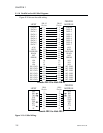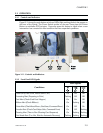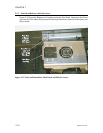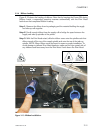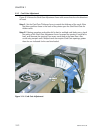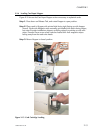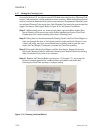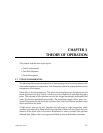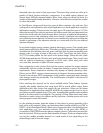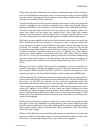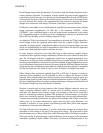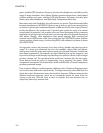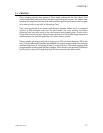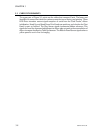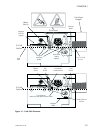Saturated colors are colors in their purest state. This means they contain no white (as in
pastels) or black (contrast reduction) components. A so-called trained observer can
discern about 450 fully saturated shades. When these colors are diluted by black, the
number of discernable shades diminishes. However, white dilutions increase the number
of colors discernible.
In Card Printers, images result from two types of ribbon coatings—dye and resin. Dye
coatings allow color gradations from a light application to a dense application using Dye
Sublimation imaging. P-Series printers can apply dye in 32 steps (from zero to 31). This
allows the mixing of dye colors to produce a non ribbon panel color and determines how
much of the white card color shows through. Resin, however, is applied at full saturation,
meaning no card or other underlying colors show through. A saturated color absorbs all
non-reflected spectrum elements. In contrast, a non-saturated dye color acts as a filter that
absorbs a percentage of the elements returned to a viewer and all of the non-reflected
spectrum elements.
In any printer imaging system, memory capacity becomes a concern. One typically reads
about systems offering say 24-bit color. This refers to an RGB system that uses eight bits to
describe each of the primary colors red, green, and blue. Such a system can quantify each
primary color in a range of steps of from zero to 256. Twenty-four bit color yields a
16,777,216 shade pallette for each pixel in the desired image. Fifteen-bit color yields
32,768 shades andrequires 15-bits for each pixelin the desired image. Thirty-twobit color
adds an eight-bit transparency component to 24-bit color, which along with other
non-color data, becomes an Alpha Channel component.
Data compression is also a factor. Note that the memory required for images expands
substantially with the number of shades. Compression attempts to reduce the memory
requirements. Some compression schemes only attempt to identify repeating colors.
Others, such as JPEG, can treat various amounts of change as the same repeating colors.
Carried to an extreme, JPEG compression would produce a posterized result, meaning
color changes would step unnaturally. This would become noticeable in blends and in
photographic images.
Color matching also depends on the colors available within Color Palettes. Systems
typically offer palette selections that range from 256 to several million colors. Some
applications also offer choices that support file size reductions. Others are file format
determined. An application that creates 24-bit RGB color images needs to have a way to
send data to a printer capable of say 15-bit color. An application typically creates a palette
based on the colors used in its image file. For printing, a Printer Driver must map source
file colors to nearby colors in the palette used by the printer. A similar process can occur
during exports to some file formats.
In color printing processes, particular shades of color derive by mixing quantities of the
basic colors cyan, magenta, yellow, and sometimes black (usually referred to as CMY or
CMYK—where K designates black). When users choose some other color definition from
their application—e.g., hue saturation intensity (HSI) or red green blue (RGB)—a
conversion to CMY/CMYK must take place to support a printer. Color mixing occurs at the
level of each pixel. Pixels serve as the basic elements of images. Pixels can comprise either
one dot (the smallest printable element) or a small matrix of dots, depending on the
methodology used to form the images.
3-2 980264-001 Rev.B
CHAPTER 3



